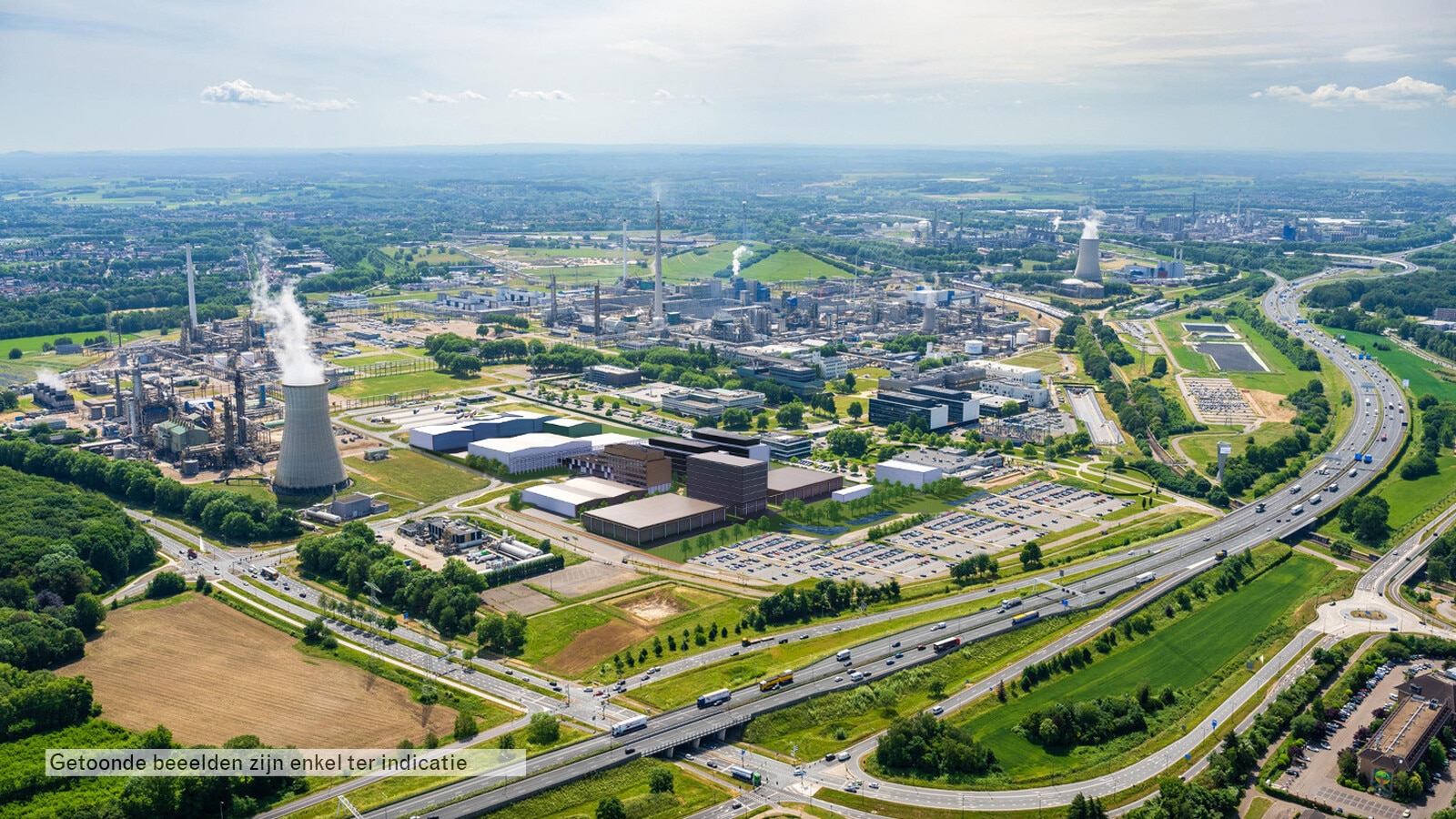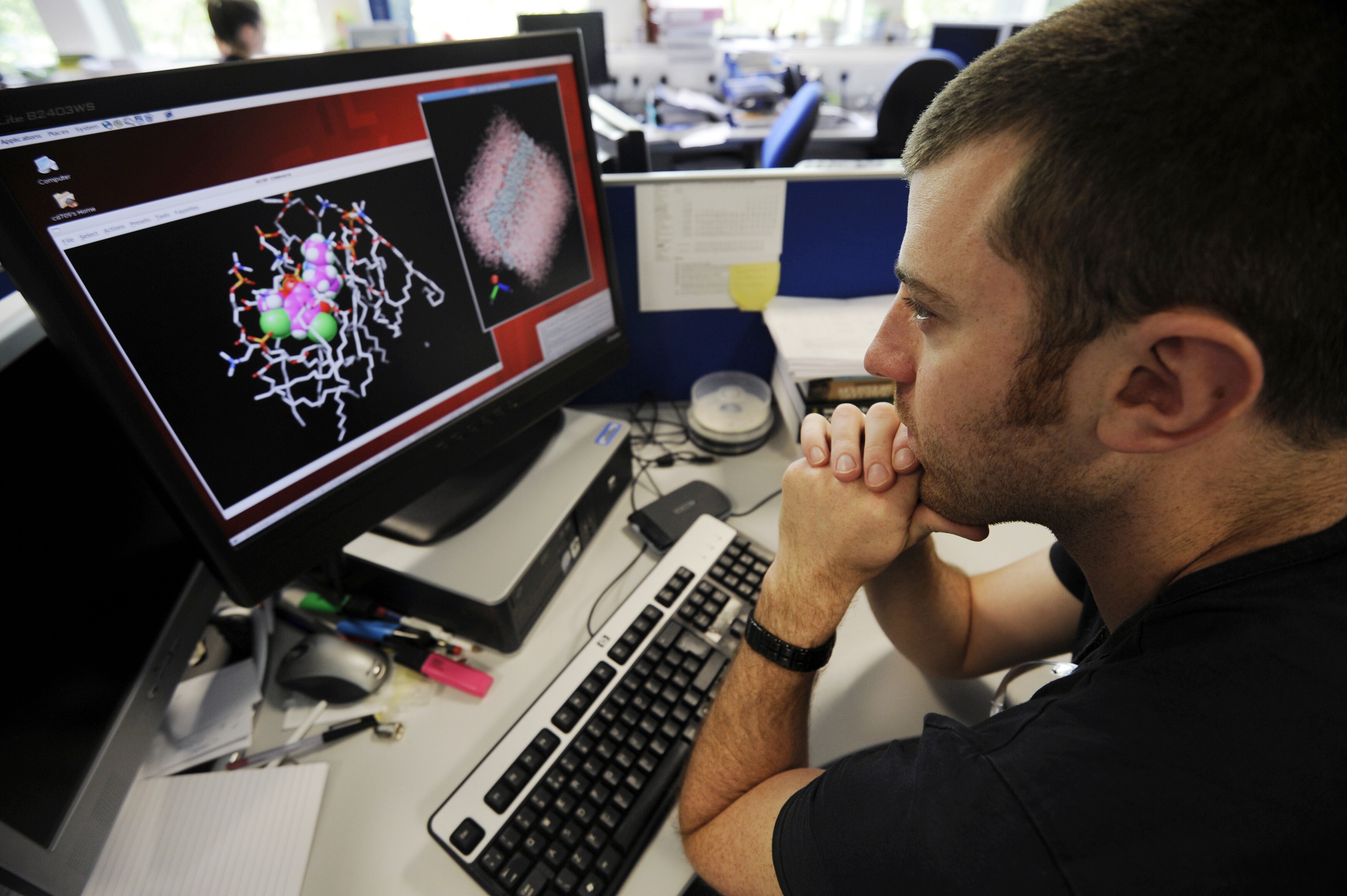Superfast internet isn't just quicker, it's safer, too

5G application could be useful in a variety of industries. Image: REUTERS/Nguyen Huy Kham
- There are now more than 100 commercial 5G networks across the globe and over 400 5G devices available on the market, writes Huawei's Ken Hu.
- 5G has already been beneficial in healthcare - used in a virtual demonstration of how put on PPE for medical staff treating COVID-19 patients.
- 5G is also useful in industry and provides the technology for people to operate remotely, reducing exposure to hazardous working environments.
- Further developments are being made in 5G-powered solutions, which will allow workers to be safer and improve their quality of life.
5G is much more than just a lightning-fast iteration of 4G. For many people across the world, its application in business will completely change their working lives – for the better.
Higher productivity, higher job satisfaction, and a far lower risk profile are all things we can look forward to as 5G deployment gathers momentum. And gathering momentum it is, with 5G rollout having shifted into the fast lane. Today, there are more than 100 commercial 5G networks worldwide and more than 400 5G devices available on the market. China stands out for the scale of its rollout, having deployed 700,000 5G base stations in 300 cities and connected more than 180 million consumer and industrial devices in less than a year.
As I’ll show you in this post, China’s fast 5G adoption is also powering exciting, pioneering 5G use cases in work scenarios that we hope can be replicated worldwide and in turn boost the quality of life for millions of people.
Caring for the carers
When COVID-19 hit China earlier in the year, the response was fast: Wuhan saw two field hospitals built in ten days and connected with emergency 5G networks in just three days. Remote diagnosis, remote ultrasound, and remote-controlled robots were all suddenly viable – key technologies for reducing person-to-person contact and protecting frontline staff.
5G has already proven its value in healthcare. With the World Health Organization reporting that 1.4 million healthcare workers were infected by COVID-19 worldwide as of July 2020, accounting for 10% of all infections, those on the viral frontlines are particularly vulnerable to transmission and their safety is an absolute priority.
A less obvious and more surprising application of 5G – and one that was in fact a more urgent request – was to rethink how medical staff suit up with personal protective equipment (PPE). New strict requirements and a lack of experience with such extensive PPE protocols meant that healthcare workers could take 30 minutes to an hour to put the gear on – something each had to do in isolation, and something where a minor mistake could prove fatal.
5G was made for challenges like this. We deployed 5G CPE and HD cameras in the temporary changing rooms, which lacked both a power supply and connectivity. Experts could then walk medical staff through suiting up with the required visual fidelity thanks to 5G’s uplink bandwidth. As a result, the time required to get ready was greatly reduced, and worker safety could be ensured before they entered the quarantined areas of the Wuhan hospitals.
Moving at wharf speed
Beyond the immediate demands of the pandemic, 5G is already emerging as a game changer in other sectors with hazardous or unpleasant working environments. In June 2020, I visited Ningbo Port, the home of one of our smart port projects in China. For operators of the massive 20-meter gantry cranes, conditions are tough to say the least – they operate them from a small cabin buffeted by wind that takes 15 minutes to reach from the ground and makes things like bathroom breaks and going for lunch a unique challenge. They spend 8-hour shifts looking down, which is not just exhausting, but – as many operators have testified – a precursor to serious neck and back issues. For the port operator, recruitment is tough as the job isn’t appealing and requires extensive experience.
In Ningbo, these work conditions are a memory for operators of six of the port’s cranes that are now connected with 5G. The crane operators can work remotely from an air-conditioned office, using HD video to locate containers, position the crane, and transfer cargo to trucks. Operating efficiency is up by 20% and the port has halved labor costs for operating cranes, as each engineer can now operate multiple units. Others can be redeployed to new posts such as maintenance.
Like in many scenarios where 5G comes into its own, optical fiber in ports doesn’t quite cut it – it’s too bulky to deploy and much too expensive to maintain. Wi-Fi can meet mobility requirements within a certain range, but it doesn’t support the high uplink bandwidth required for real-time, multi-channel HD video backhaul.
We’re currently working on unifying communications standards to ensure the consistent application of Smart Port solutions. Further south in China, for example, Shenzhen’s Ma Wan Port is benefiting from its new 5G network with similar efficiency gains as Ningbo – Ma Wan handles 3 million containers every year, which works out at around 10,000 per day.
Mining for safety
Much like ports act as a weather vane for trade vitality, mining is a pillar industry of the global economy. It’s also characterized by a notoriously dangerous work environment that results in one of the highest rates of injuries and deaths per year of any occupation. The estimated annual fatality count is 15,000, and debilitating respiratory illnesses that slash life expectancy – like pneumoconiosis, asbestosis, and silicosis – are commonplace. For example, the estimated life expectancy of a career miner in Bolivia is just 40 to 50 years.
Hazards abound in mines and can occur at any time, from ground falls, rock falls, and cave-ins to faulty machinery such as shearers or hydraulic supports, which rely on the human eye to observe for potential issues.
Mining is certainly one industry that can – and is starting to – benefit from unmanned, automated operations thanks to smart solutions like real-time video uplink, computer vision, and unmanned equipment powered by 5G’s speed, low latency, high bandwidth, and massive connection capabilities.
With mine operators working remotely, China’s first unmanned mine went into operation in 2017 in Henan. This year, six 5G base stations will be deployed in the mine to improve precision, stability, and efficiency. In Shanxi, we’re working with our partners to cut workplace fatalities to zero as the province’s coal mines transition to fully unmanned capabilities by 2030. Until then, IoT, AI, and big data solutions can assess risks remotely and automatically generate warnings to miners.
5G is seeing broad adoption in many other industries, from steel and power grids to manufacturing. When combined with technologies and devices like drones, robotics, AI, multi-access computing, IoT, cloud, and big data, 5G delivers bespoke solutions that can greatly improve working environments in many industries. 5G also has a crucial role to play post-COVID at a time when we need a resurgence of economic growth. The World Economic Forum’s 5G Outlook Series publications that we contributed to, outline specific opportunities that we can grasp to ensure 5G fulfils its role as a premier-enabling technology to a prosperous future.
Some of these include the ability for 5G to help companies pave the way to zero-injury, zero-fatality outcomes with far higher productivity and efficiency gains. For millions of workers across the globe, 5G-powered solutions can be the way of out of a hazardous environment into an upskilled, data-driven role and, ultimately, a better quality of life.
And that’s something to really get excited about.
Disclaimer: Any views and/or opinions expressed in this post by individual authors or contributors are their personal views and/or opinions and do not necessarily reflect the views and/or opinions of Huawei Technologies.
Don't miss any update on this topic
Create a free account and access your personalized content collection with our latest publications and analyses.
License and Republishing
World Economic Forum articles may be republished in accordance with the Creative Commons Attribution-NonCommercial-NoDerivatives 4.0 International Public License, and in accordance with our Terms of Use.
The views expressed in this article are those of the author alone and not the World Economic Forum.
Stay up to date:
The Digital Transformation of Business
Related topics:
Forum Stories newsletter
Bringing you weekly curated insights and analysis on the global issues that matter.
More on Emerging TechnologiesSee all
Majid Jafar
December 22, 2025








